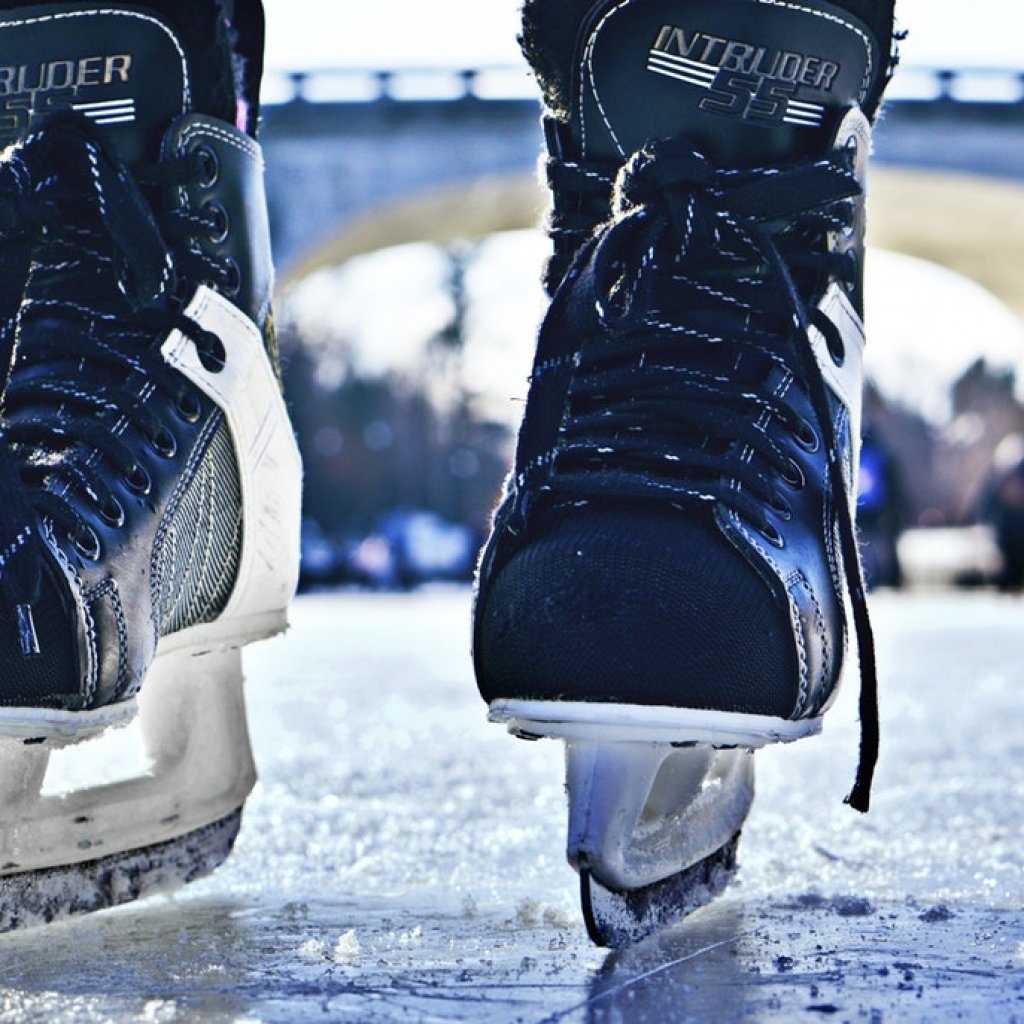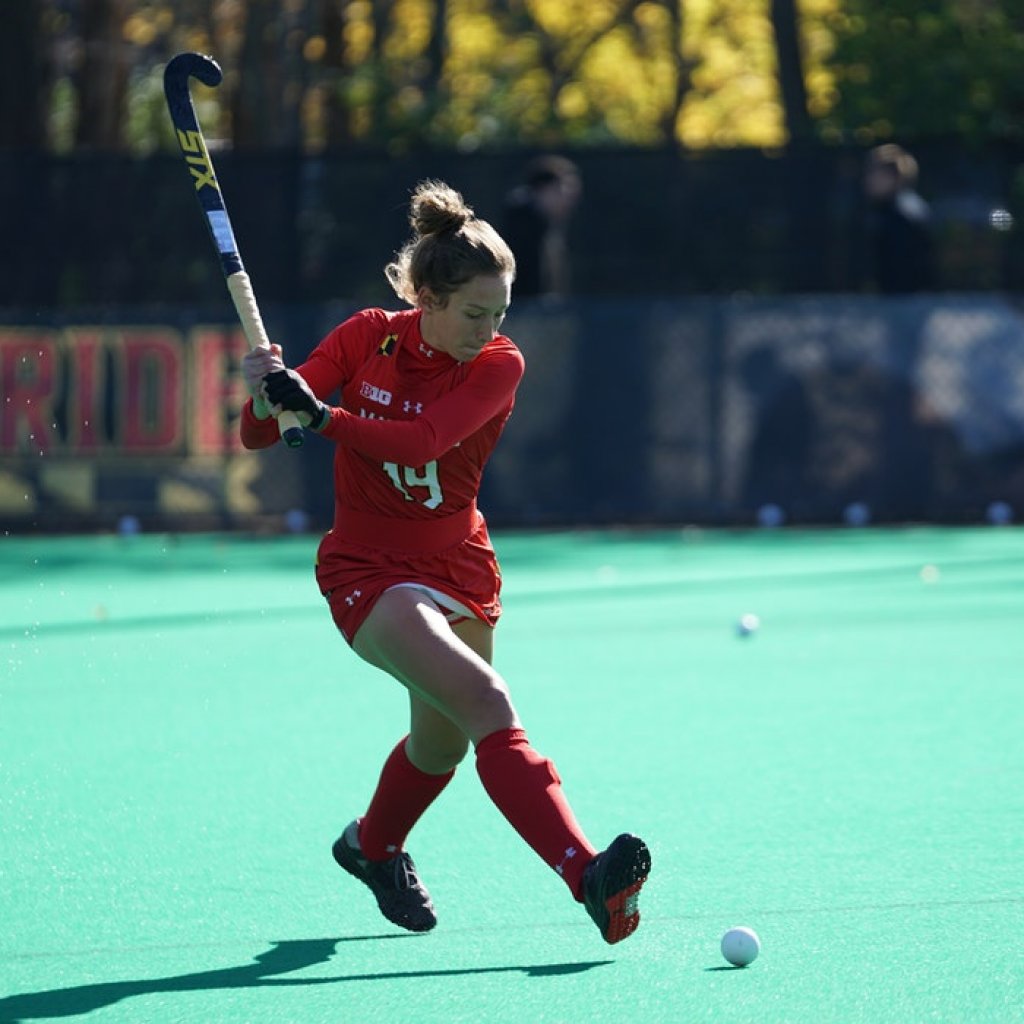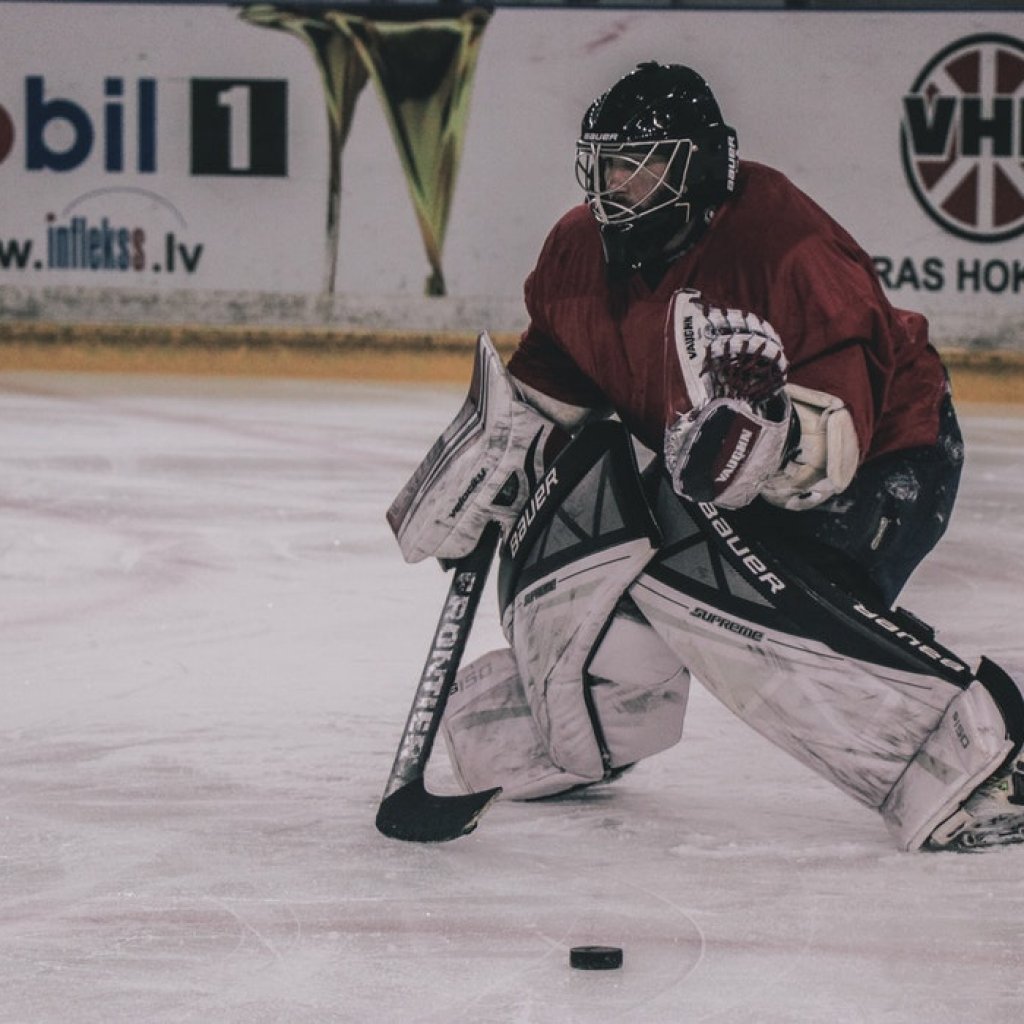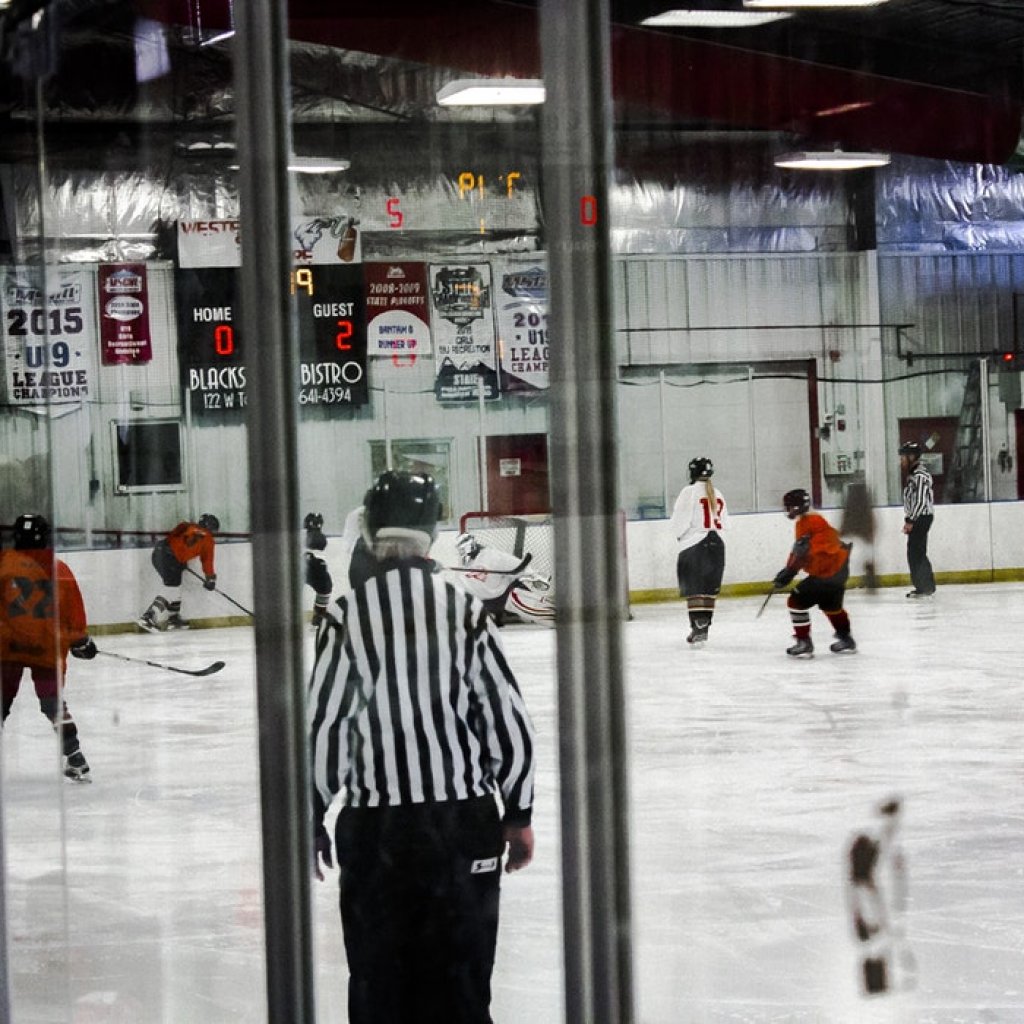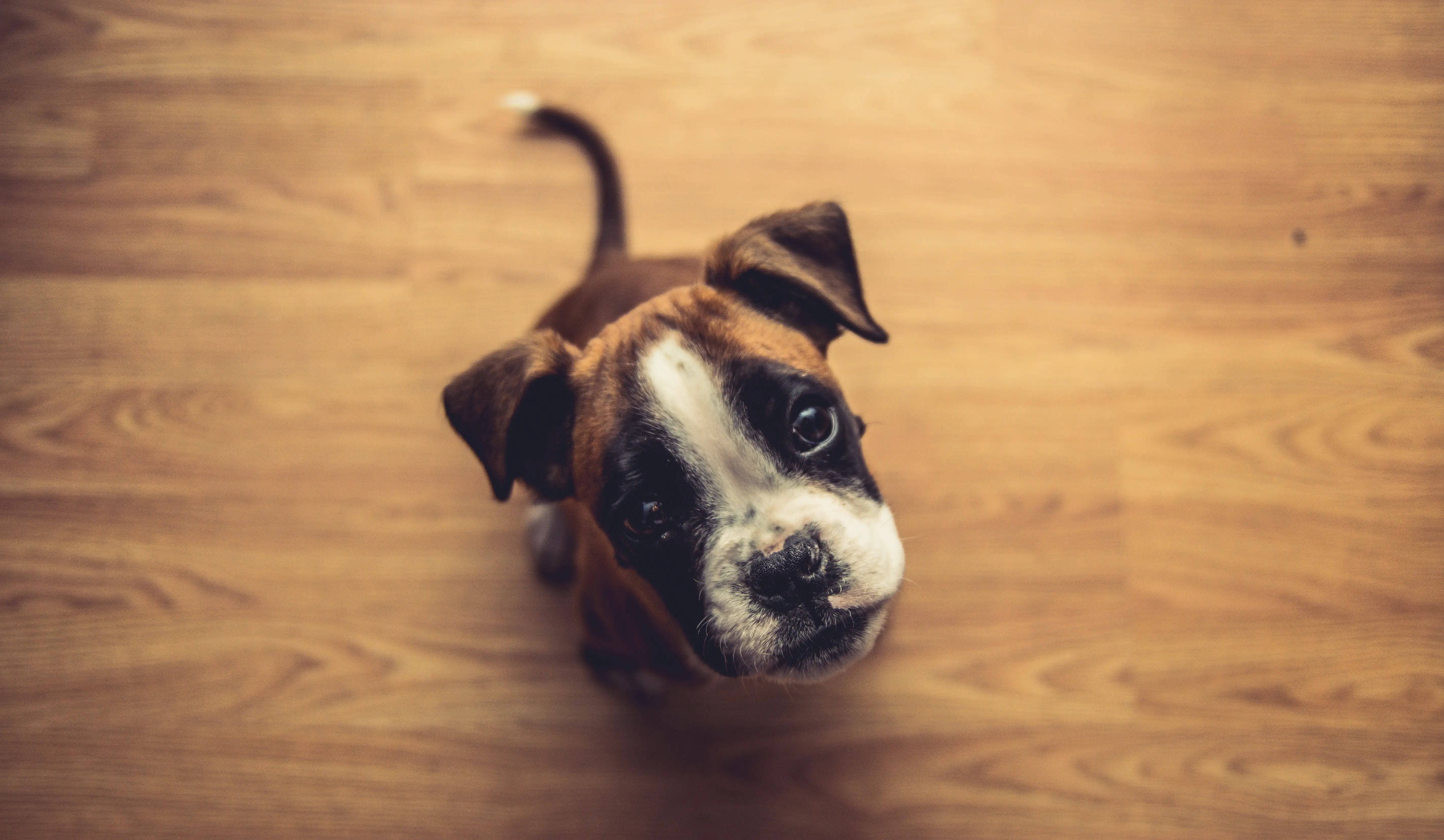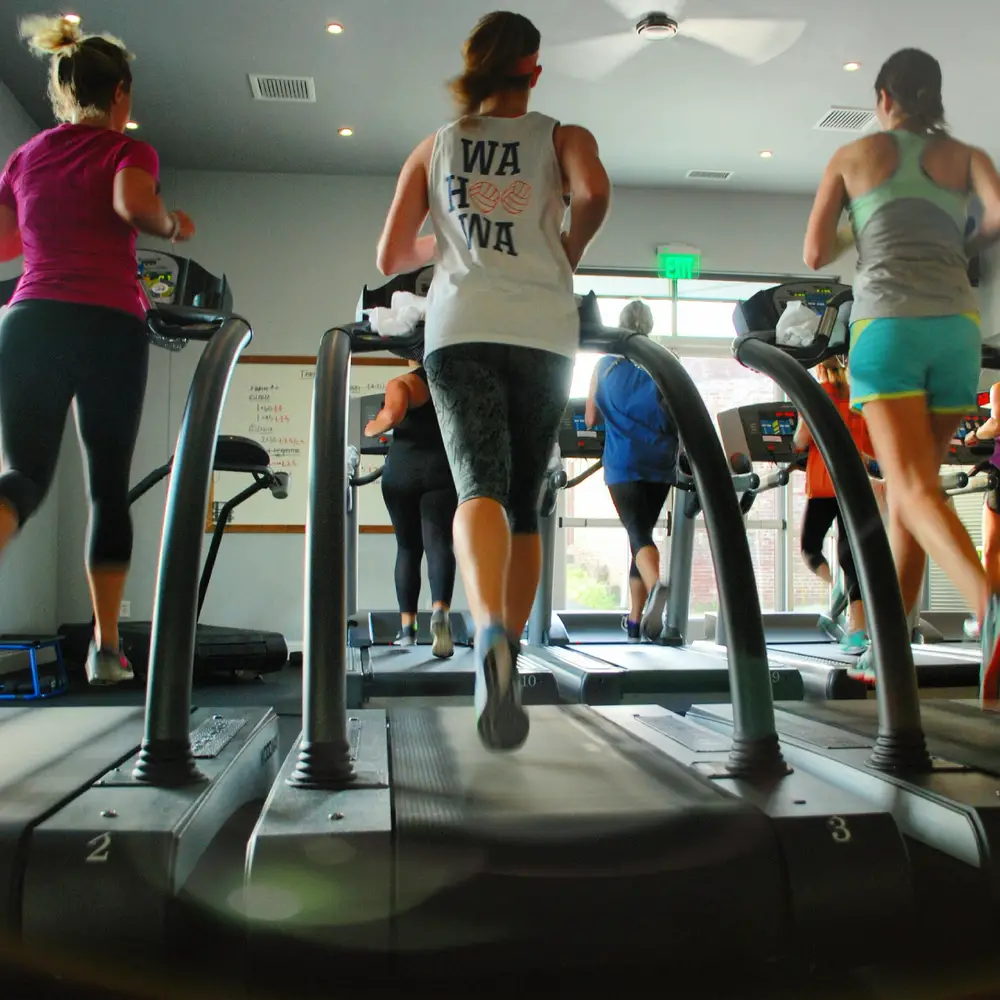Hockey Training: Best Exercises to Improve Your Game
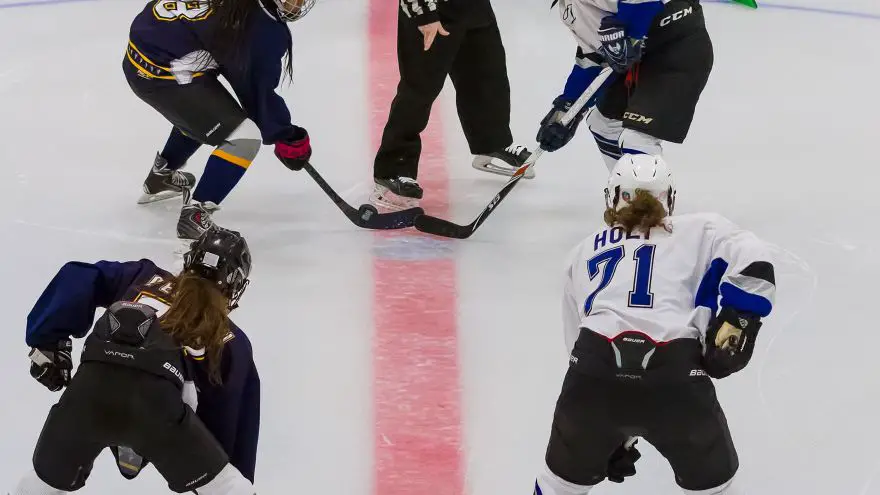 Hockey Training: Best Exercises to Improve Your Game
thegearhunt.com
Hockey Training: Best Exercises to Improve Your Game
thegearhunt.com
The extremely fast-moving sport of hockey is firmly entrenched in Canada and sweeping across the United States as well. From kids as young as five to high school seniors and from college freshman to adults who have made the sport a career, hockey is extremely popular, and some say extremely dangerous. Whether it’s field hockey or ice hockey, there are very few games where you won’t find the stands full of screaming fans, out for blood some say, there to just enjoy the game.
When it comes to hockey, however, there has been much debate over the advantages, disadvantages, dangers, and even the health benefits of the sport. When most people, especially parents of kids who are dying to play this sport, think of hockey, the first thing that comes to mind is body checks and missing teeth. It is said, however, that there is much, much more to hockey than that and that everyone should give it a chance.
That is why in this blog, we will delve into the pros, cons, dangers, and health benefits of playing hockey for adults and kids alike. We will also throw in some reasons to play hockey, a few tips to improve your game, some exercises to help in training, and even a few safety tips to keep you safe along the way. So, pull up a bleacher, grab a cup of coffee, and let’s delve into hockey as a sport, the good and the bad. Ready? Then, without further ado, let’s start the game!
Reasons to Play Hockey
There are many reasons out there to give hockey a try, as a kid and as an adult. We will go into those reasons below.
It’s Fast Paced
As everyone already knows, in today’s world of a hurry up and go mentality, people get bored quickly and want to move onto the next thing pretty fast. Hockey is a fast-paced sport, that doesn’t give participants time to get bored before the next thing happens. This is especially good for kids who have short attention spans, get bored easily, and need something to keep them occupied and busy.
It Helps to Build Confidence
There is nothing like gliding across the ice or hitting a puck across a field to build your confidence. Since hockey takes a lot of determination and practice, it also builds self-esteem, when your goals are accomplished. This is especially good for kids and teens that have self-esteem issues and need that boost to get them headed in the right direction.
It’s a Team Sport
We have all seen football and basketball games where one athlete seems to be carrying the game and calling all the shots. Though those are called team sports, in reality, that’s not what team sports is all about. Baseball has its pitcher, football has its quarterback, hockey has a team. Of course, one hockey player can be the star of the ice or field, but there is no way at all that a game can be won if you don’t play as a team in this sport. Team sports are great for teaching adults and kids alike, that if you work together you can accomplish almost anything, and that’s what hockey is all about.
It Makes You Stronger
Studies have shown that parents who have kids that play hockey, report an overall increase of 80 percent in their fitness levels and that they are more active than they used to be. This doesn’t just work for kids either, playing hockey can help increase the activity and fitness levels of adults as well, so what are you waiting for.
These are just a few of the top reasons that so many people enjoy playing hockey and why it is said to be good for you. Now, let’s move into the advantages and disadvantages of hockey as well.
The Pros and Cons of Playing Hockey
Where there are advantages, there are going to be disadvantages, no matter what sport you’re playing. With that in mind, let’s dig into the pros and cons of playing hockey, whether it’s on the field or on the ice.
Pro: Get in Your Daily Workout
If you want to get in your daily workout, increase your cardiovascular health and get the aerobic exercise you need, then hockey can do that for you in spades. Racing up and down the rink for 30 minutes can burn over 355 calories in a 185-pound player, so that is for sure the right form of exercise for most. It also strengthens your arms and legs and having to keep your balance on the ice improves your balance and the quick darts and dodges improve your coordination as well.
Con: The Risk of Injury
There’s no denying that hockey is one of the top 10 most dangerous sports to play. The risk of injury is pretty high, after all, you are running up and down a rink with people that are usually the same size or much bigger than you, with sticks, chasing a puck. It is dangerous, but there are tips out there that can make it just a little less so, as well.
Pro: Builds Character
While, everyone who is a hockey fan, knows that tempers do run hot during the game, they cool down with a little time in the penalty box. Since it is a team sport, it does build character for most of the players. While hockey teaches kids and adults alike to play hard, it also teaches you to show the other team respect when the game is over, and your teammates as well. That follows you into your normal life, making you a much better person in the long run.
Con: It’s Violent
With the body checks, the fights, and the timeouts occurring fast and furiously, there is no way to deny that hockey is a violent sport, which is why so many people are against it, to begin with, and it’s the reason that many parents refuse to let their kids join a hockey team.
These are just a few of the pros and cons to get you started if you are trying to make the decision as to whether hockey is the right sport for you and your family.
Exercises for Improving Your Game
Now that we have gotten a few of the reasons to play hockey out of the way and taken care of a few of the pros and cons as well, let’s move into our section on tips and exercises that can improve your game. Ready? Set? Go!
Exercises to Improve Your Game
The following exercises can help you to improve your game and be happy on the ice or field.
- Participate in hockey strength training
- Participate in any aerobic fitness training
- Practice your balance and stability
- Practice skating from a standstill and a turn
- Speed workouts
- Med ball underhand tosses
- Broad Jumps
- Shot workouts
- Med ball chest pass
- Plate chops
- Trap Bar Deadlifts
While these may not seem like exercises, it is said that these workouts will mimic what you are going to be doing on the ice or field and are extremely beneficial, so give them a try.
Tips for Improving Your Hockey Game
Now, that you know a few of the things and exercises you should be doing to improve your game, let’s get in some tips to improve your game as well.
Schedule Your Workouts After the Game
The concept behind scheduling workouts after the game came from a hockey coach. His idea was that if he scheduled the player’s workout after each game, it would be done and give them plenty of time to recover for the next game on their schedule. It’s a good idea, will get you into a firm schedule for practices and workouts, and will help improve your game at the same time.
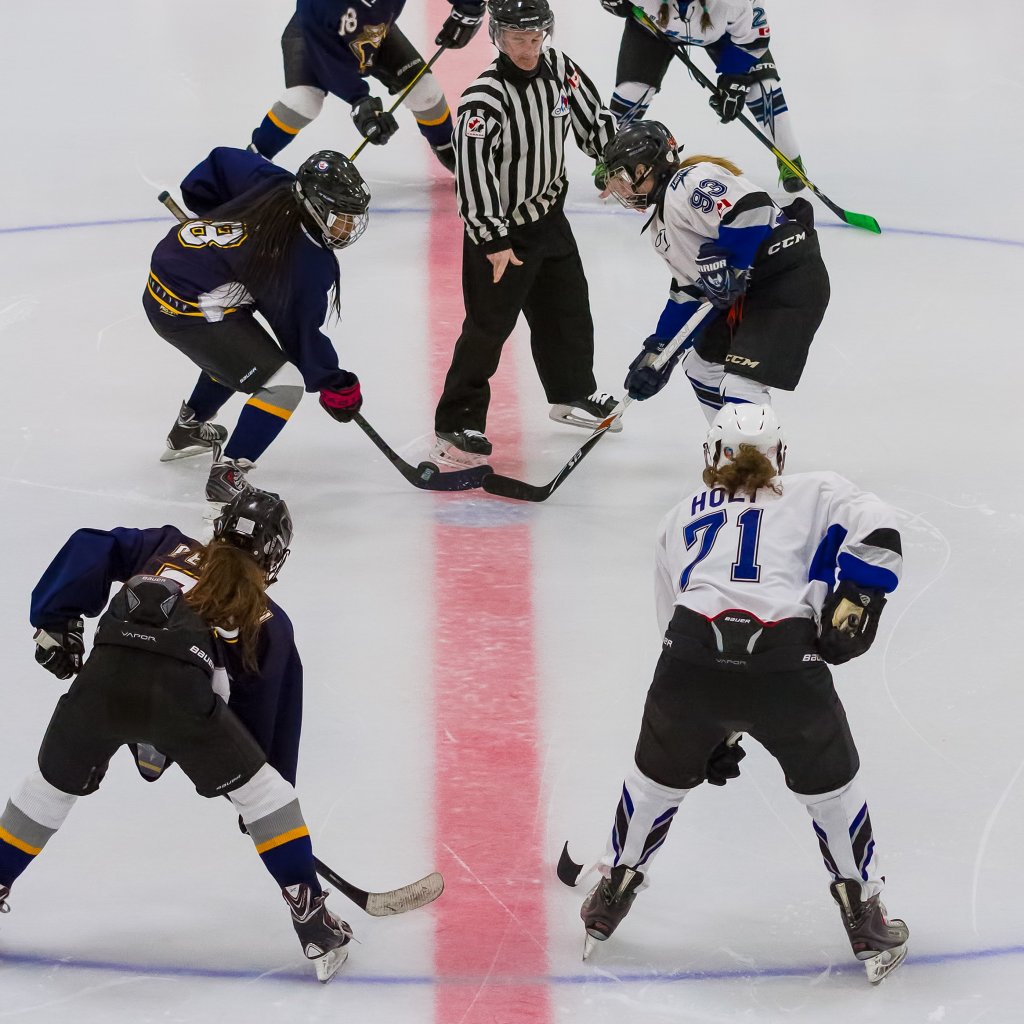
Find a Focus
There is room for improvement in every game, but if you focus on trying to improve everything at once, you may end up shooting yourself in the foot and improving at none. Instead, try focusing on one thing you need to improve with your game and mastering that, then move onto the next thing you need to improve. In this way, you will get everything you want to improve done and keep yourself from becoming overwhelmed at the same time.
Don’t Forget to Work Out
While you may be getting a ton of exercise on the ice or on the field, it’s important to work on your endurance, cardiovascular, and performance training as well. Don’t forget to keep to your workout routine, by doing the exercises listed above and more.
Practice, Practice, Practice
As with anything else in the world, and certainly every sport out there, you can’t improve your game if you don’t practice. In other words, you can’t skip practice for days at a time, practice for one and then expect to have improved in the next game. Practice makes perfect has never been truer than when it comes to hockey. Practice is key, don’t forget that!
These tips and exercises can help you to improve your game, it just takes time, determination, and motivation to accomplish.
Now, let’s move into the next section of our blog, the one that has caused so much debate, the dangers of hockey.
Most Common Injuries in Hockey Revealed
There are injuries in every sport that you play, but hockey, whether on the field or on the ice, seems to have more than its fair share. A few of the most common are listed below.
Shoulder Separations
Since hockey is a violent contact sport, the number of shoulder separations reported yearly are pretty high. This can involve anything from a sprain to torn ligaments and is usually caused by running into another player, running into the boards, or falling onto the ice.
- Groin sprains
- High ankle sprains
Concussions
This is the hottest topic in the news lately when it comes to injuries, not only in hockey but in other contact sports as well. Years ago, it wasn’t known that concussions could have long-term, lasting effects on a person, but now it is. Also, concussions seem to be one of the most common, but least reported injuries that happen on the ice. Players think that they just have a slight headache, shrug it off, and keep on playing when in reality they have a concussion that can lead to long-term problems or bleeding on the brain and death if the concussion is severe enough. However, contrary to popular belief, a concussion doesn’t have to result from a hard blow to the head or a hard fall on the ice, it can come from a slight hit with an elbow, a stick or any other direct impact. Concussions are to be taken seriously, not lightly and you need to be seen by a medical professional right away if you think you have one. The signs and symptoms of a concussion are listed below.
- Headaches
- Nausea
- Dizziness
- Feeling off balance
- Mood changes
- And more
If you feel that you have a concussion when you are on, or after you come off the ice, report it right away so you can be checked over.
There are quite a few safety tips you can follow to help you stay safe when you are playing hockey as well. So, you don’t just go out there and roll with the hits. Some of those tips are listed below for your perusal.
- Always wear your gear, including a helmet, shoulder and knee pads, skates, gloves, neck protector and mouthguard
- Stretch before the game to avoid groin and muscle pulls and tears
- Never play a game without adult supervision
- Always watch out for accidents and your fellow players
This concludes our blog on hockey and everything you need to know about it, from safety tips to dangers and from tips for improving your game to the exercises you need to do. Happy hockey playing, everyone!
Sources:
- Conor Doherty: 4 Tips for In-Season Training Success in Hockey
- Kidsport: Top 10 Reasons to Play Hockey
- Sports Rec: Hockey’s Advantages and Disadvantages





